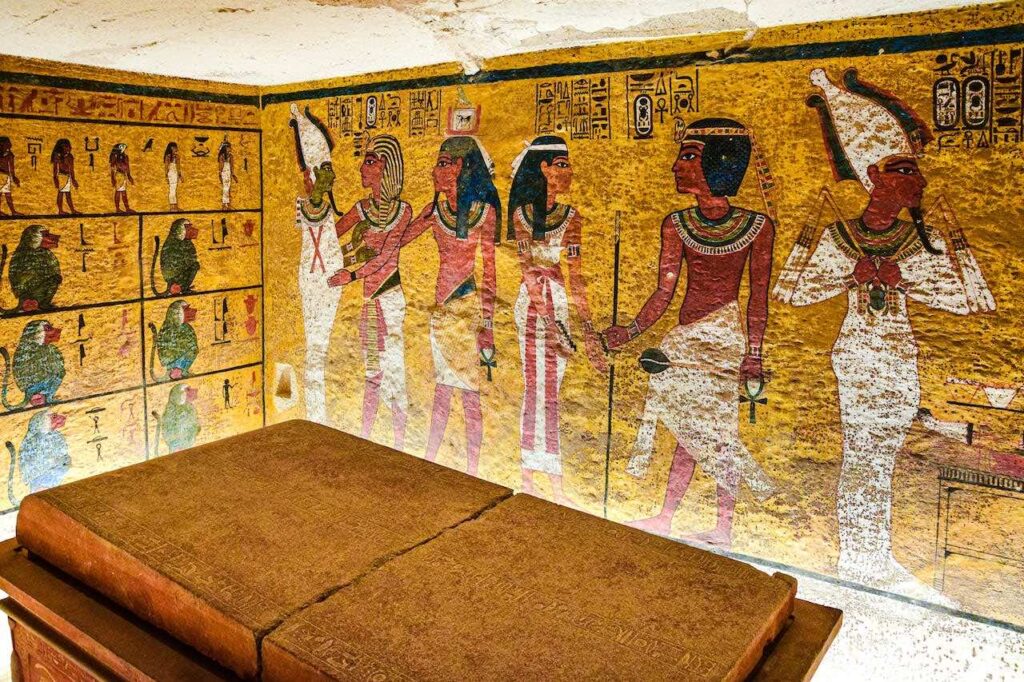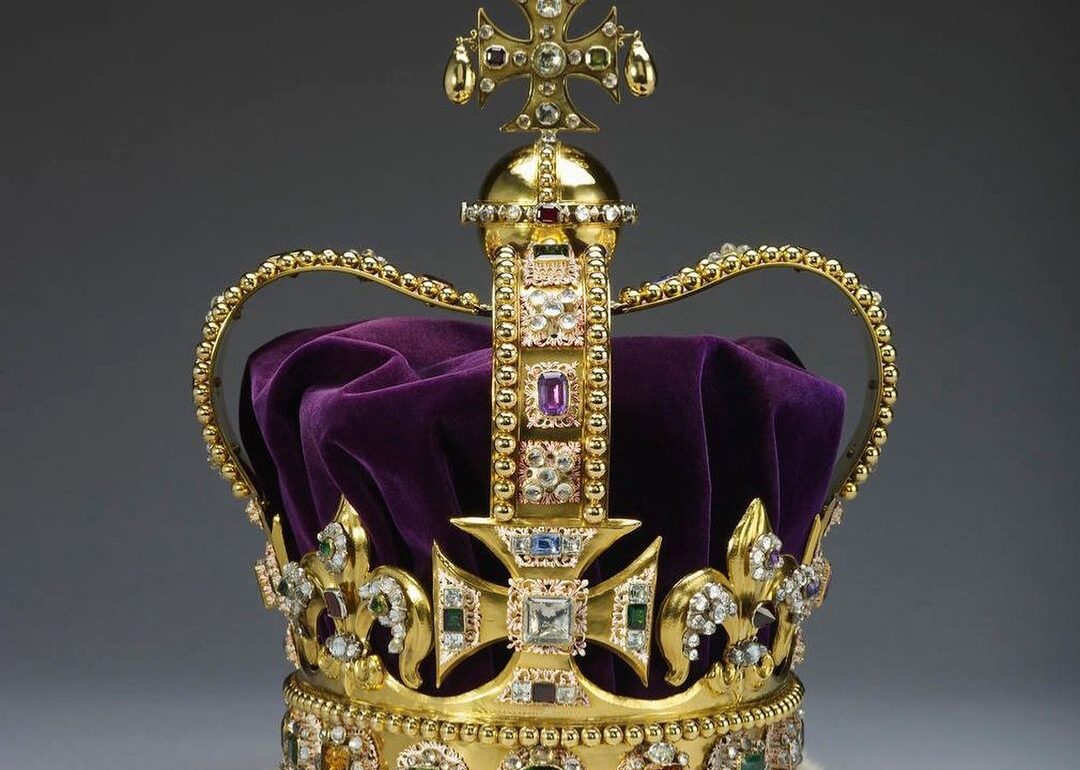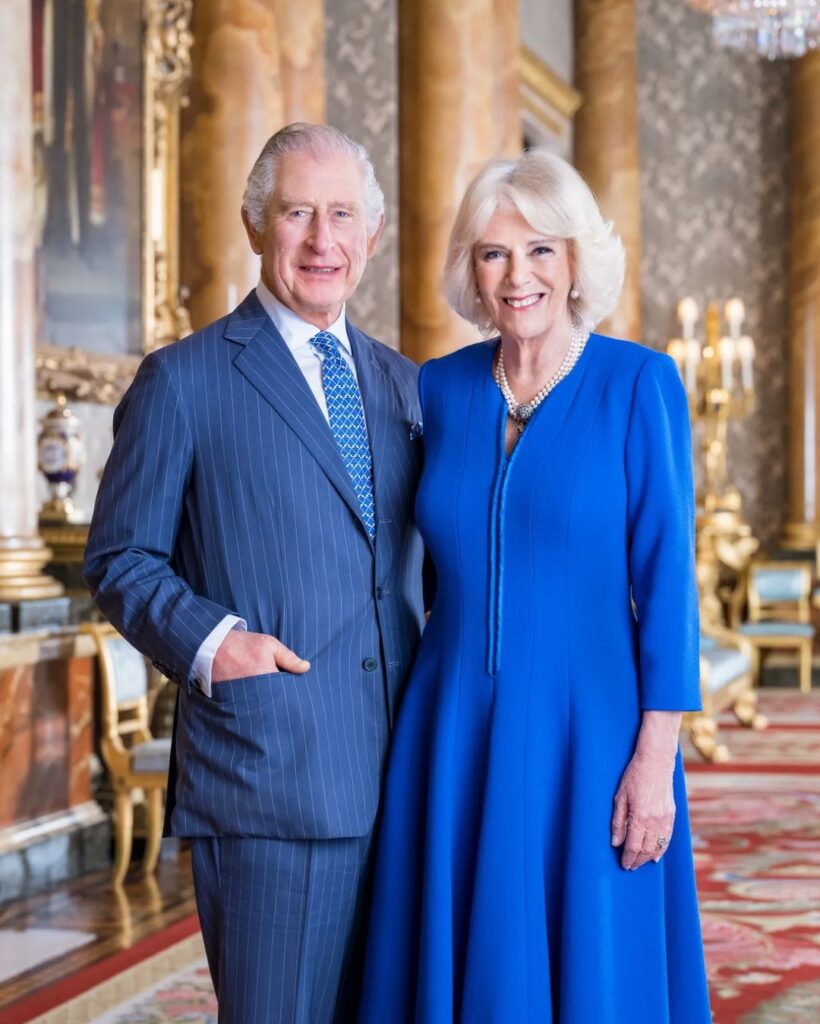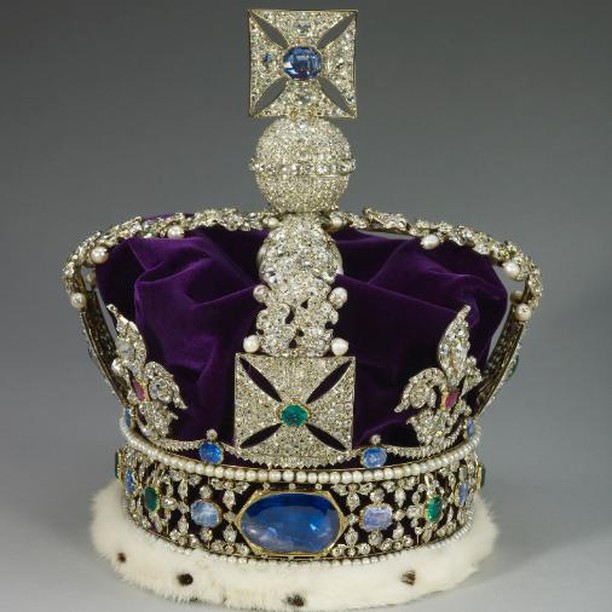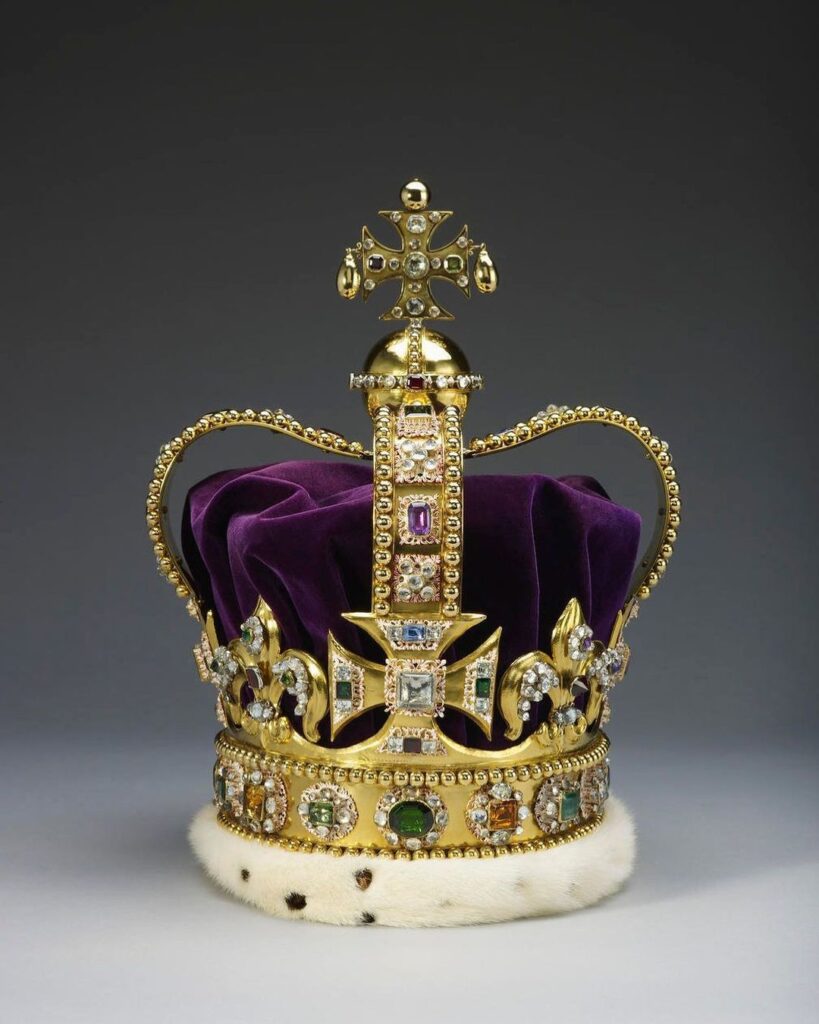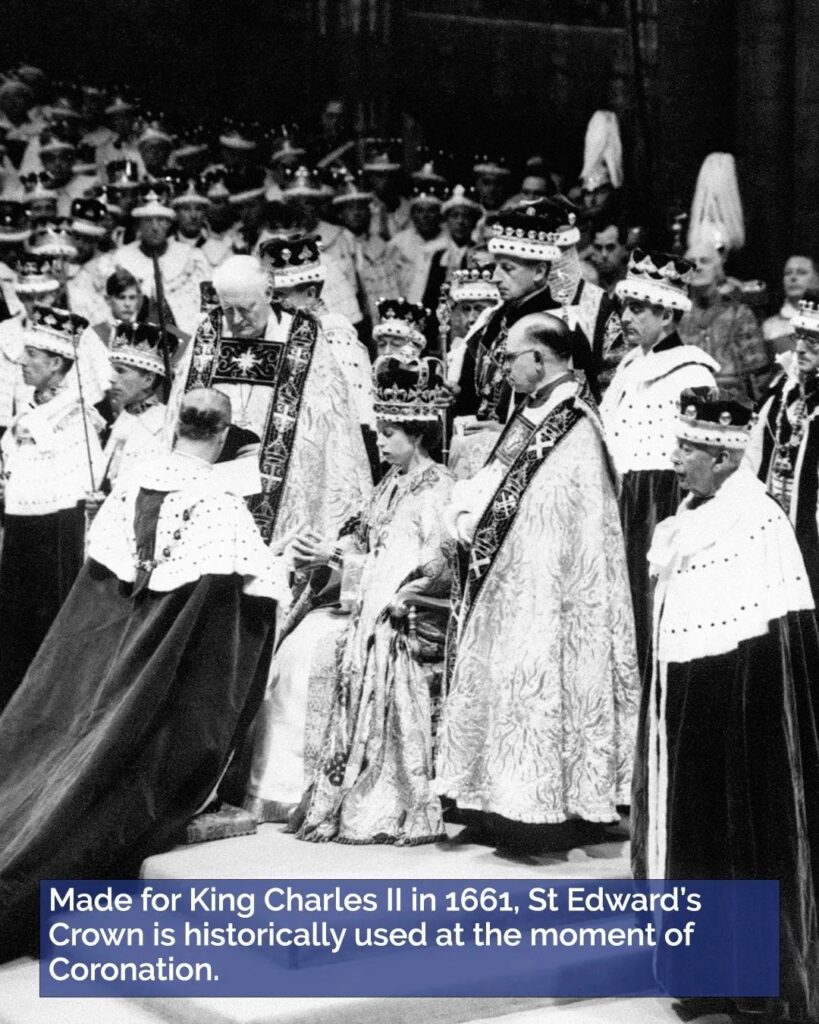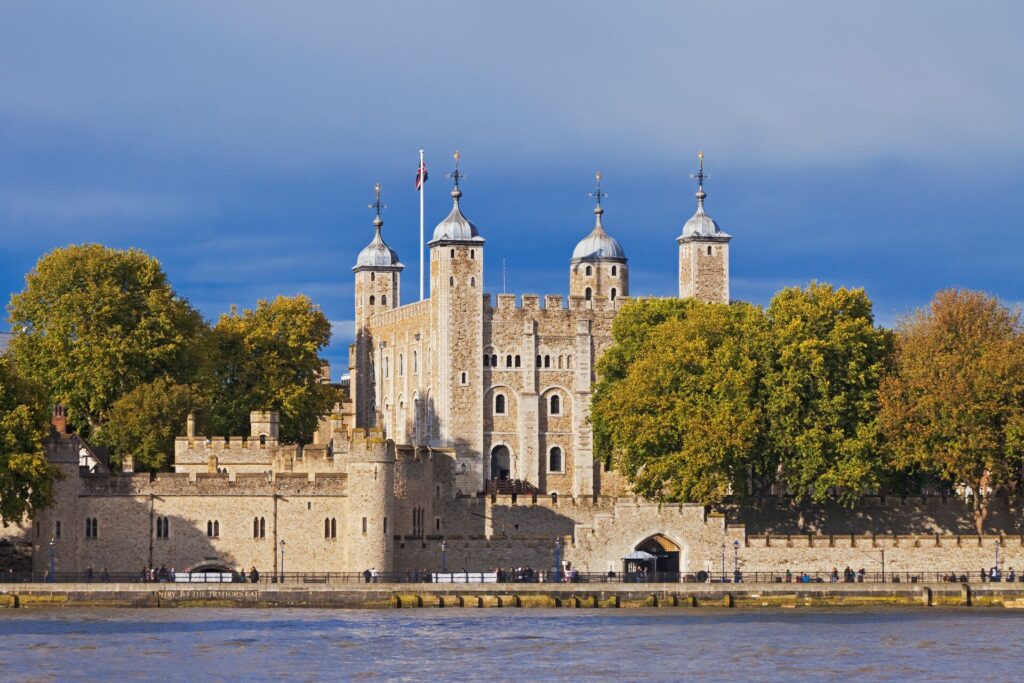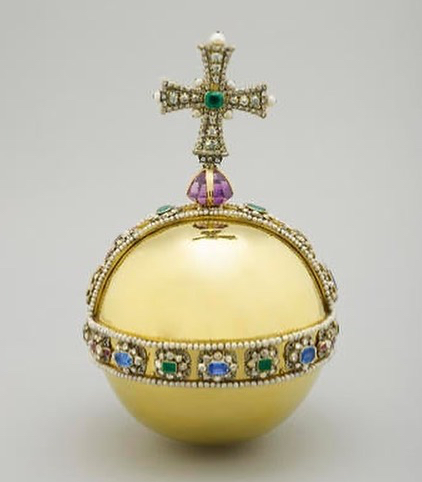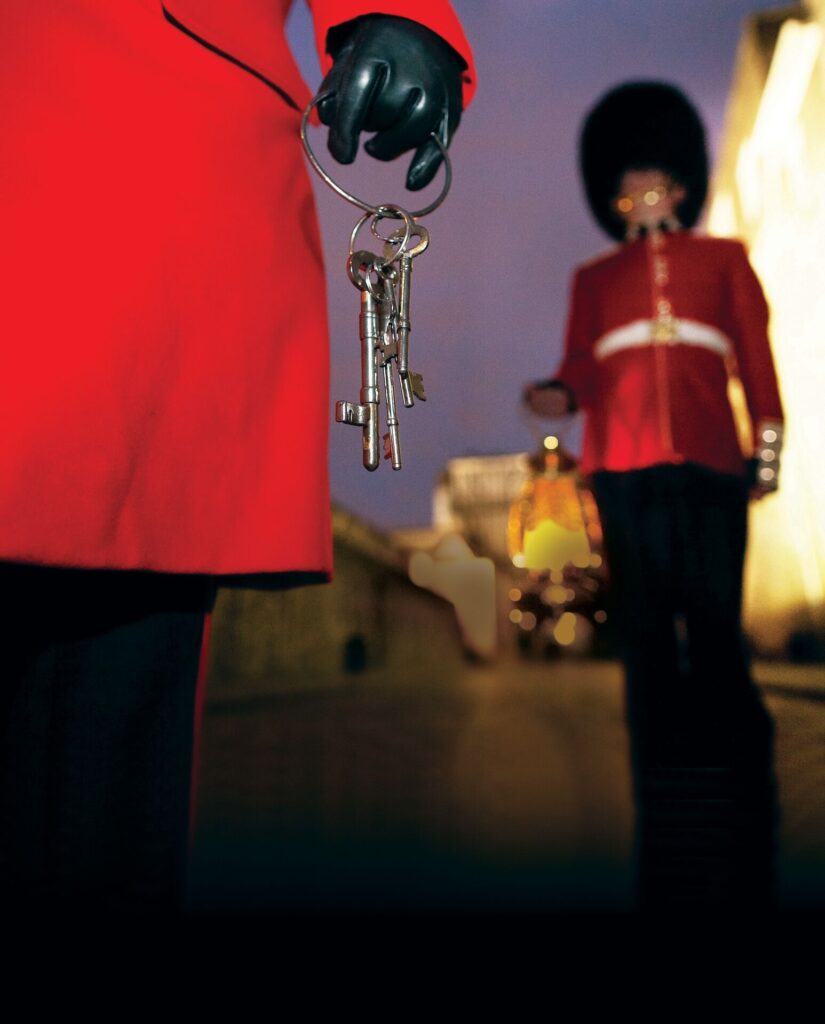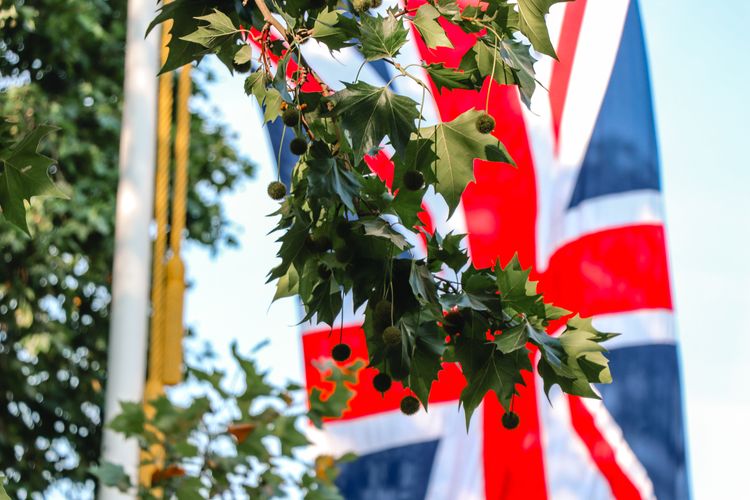On Saturday 6 May 2023, the Coronation of King Charles III will take place at Westminster Abbey in London. During the ceremony, the new sovereign will be crowned as head of the Church of England and King of the United Kingdom and the 14 other Commonwealth realms. The King will be crowned alongside Camilla, the Queen Consort. Here is everything we know so far, ahead of this historic day.
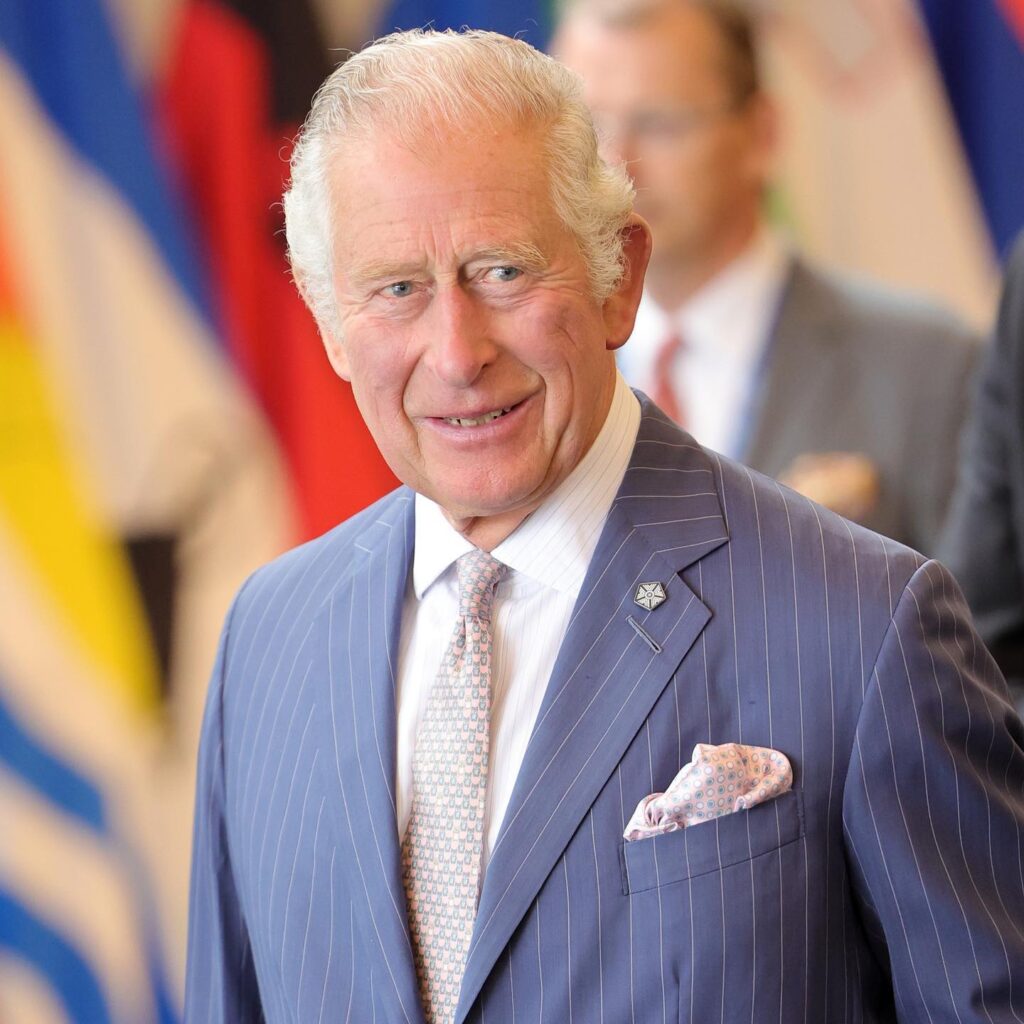
@theroyalfamily
When is the Coronation of King Charles III?
On 8 September 2022, Queen Elizabeth II, the longest-reigning British monarch, died at Balmoral Castle in Scotland, at the age of 96. She was succeeded by her eldest son, Charles III. Tradition states that the country must hold a period of mourning after the passing of a monarch, meaning the Coronation of the new monarch takes place some months later. On 11 October 2022, Buckingham Palace announced King Charles III’s Coronation will take place on the morning of Saturday 6 May 2023.
Where will the Coronation of King Charles III take place?
The Coronation will take place at Westminster Abbey in London, where all British Coronations have been held for over 950 years since 1066. This will be the 39th Coronation of a reigning monarch held at Westminster Abbey.
For travel inspiration: England destination guide
Will there be a bank holiday?
There will be an extra bank holiday in the UK on Monday 8 May for the Coronation. This was also the case for Queen Elizabeth’s Coronation, held on 2 June 1953.
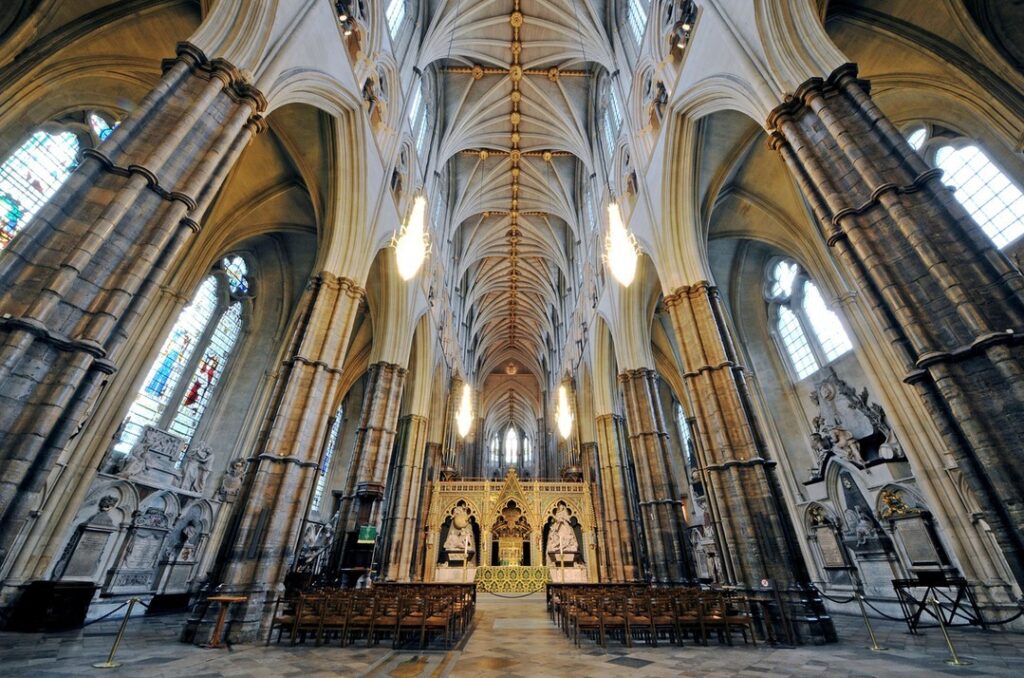
@westminsterabbeylondon
What will happen at the Coronation of King Charles III?
While some elements of the Coronation of King Charles III will be similar to that of his mother, other parts will be different. A Buckingham Palace press release said the Coronation “has retained a similar structure for over a thousand years, and next year’s Coronation is expected to include the same core elements”. The press release further said that while the Coronation will be “rooted in long-standing traditions” it will “reflect the monarch’s role today and look towards the future”.
Codenamed Operation Golden Orb, the Coronation is likely to be shorter than the allotted three hours and more modest than Queen Elizabeth II’s 1953 Coronation to reflect the modern monarchy. It will also represent a wider range of religions and community groups to reflect the country’s diversity.
Read more: Royalty & Noblemen: The fascinating people you’ll meet in Europe with Luxury Gold
The procession
While Queen Elizabeth’s procession had 16,000 participants, the Coronation of King Charles III will see a smaller procession. Buckingham Palace confirmed more details in a press release on 21 January. The King and Queen Consort will join the King’s Procession to Westminster Abbey and return to Buckingham Palace in a larger Coronation procession. There, they will be joined by members of the Royal Family, however, the palace has not confirmed who will appear on the balcony of Buckingham Palace.
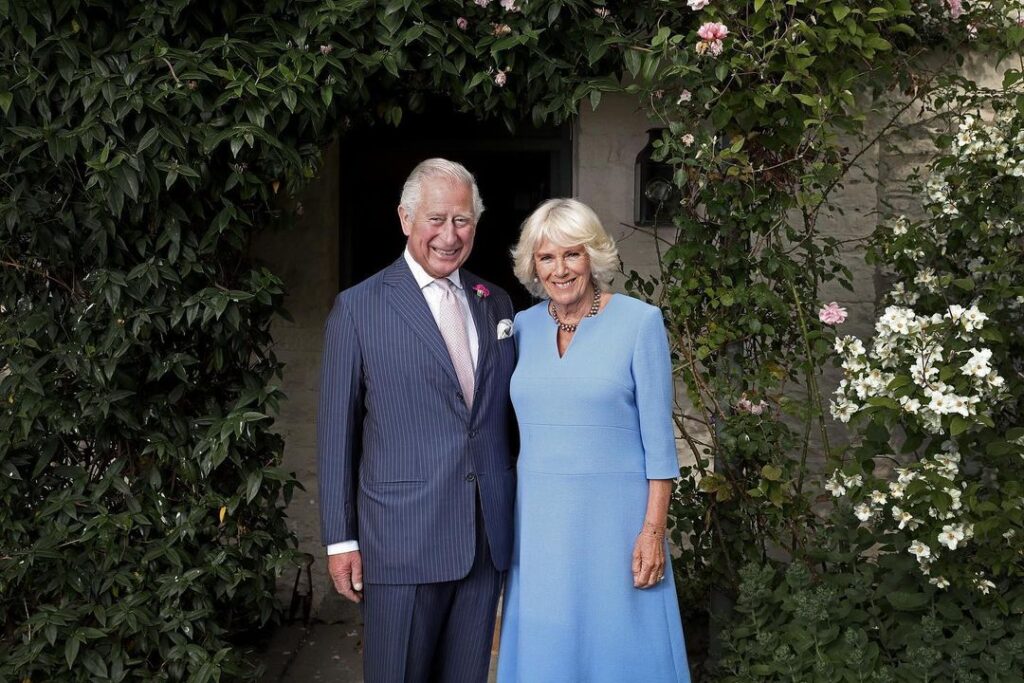
@theroyalfamily
The music
King Charles has personally chosen the music for the ceremony. We’ll hear 12 newly-commissioned pieces, including a new Coronation anthem by Cats composer Andrew Lloyd Webber. There will also be a Coronation March by Patrick Doyle and a new commission for solo organ by Iain Farrington.
We’ll hear soloists including Welsh opera singer Sir Bryn Terfel. Some of the service singing will be in Welsh. A gospel choir and Westminster choristers will perform. King Charles has also requested that Greek Orthodox music feature in the service, in tribute to his late father, The Duke of Edinburgh.
Read more: Why Britain is an incredible destination for 2023

@theroyalfamily
What are the stages of the Coronation service?
The stages of the ceremony will be more similar to Queen Elizabeth’s Coronation.
The recognition
King Charles will stand beside the 700-year-old Coronation Chair as the Archbishop of Canterbury presents the monarch to the congregation. They will all say “God Save the King!” as trumpets ring out.
The oath
The King takes the Coronation oath, swearing to uphold the law and the Church of England.
The anointing
The King’s ceremonial robe is removed before he sits in the Coronation Chair. A gold cloth held over the chair will conceal the King from view. The Archbishop anoints the King’s hands, breast and head with consecrated oil. The full recipe of the oil is secret but includes olives, roses, jasmine, cinnamon, ambergris, and orange flowers.
The investiture
The King is presented with the Royal Orb, the Sceptre, and the Sovereign’s Sceptre, representing religious and moral authority, power, and justice and mercy, respectively. The Archbishop then places the opulent St. Edward’s Crown on King Charles’ head.
The enthronement and homage
The King stands and leaves the Coronation Chair and moves to sit on the throne. The congregation kneel before the King to pay homage.
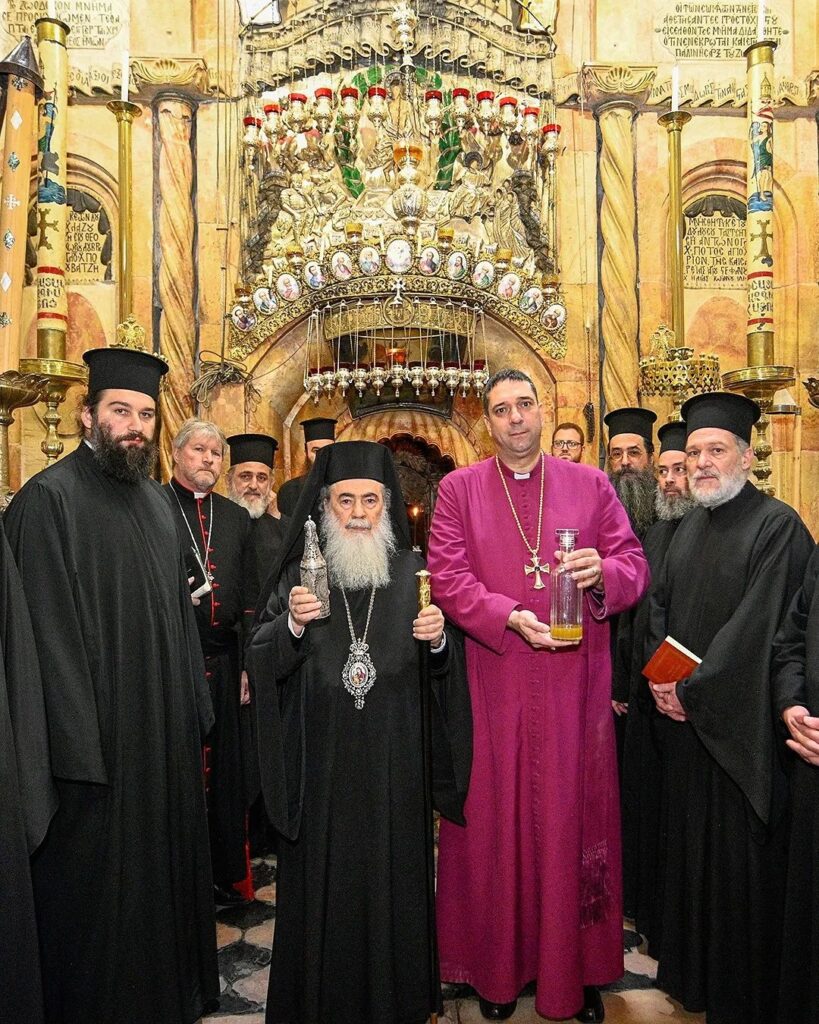
@theroyalfamily
Will Queen Consort Camilla be crowned alongside King Charles III?
In 2022, the late Queen Elizabeth II declared it was her “sincere wish” for the former Duchess of Cornwall to be crowned Queen Consort alongside King Charles’ accession to the throne. True to this wish, Queen Consort Camilla will be anointed and crowned in the same way after the King during the Coronation. She will be the first crowned Queen Consort since the Queen Mother in 1937.
Read more: Secret islands and snowy retreats: 5 hotspots loved by the British Royal family
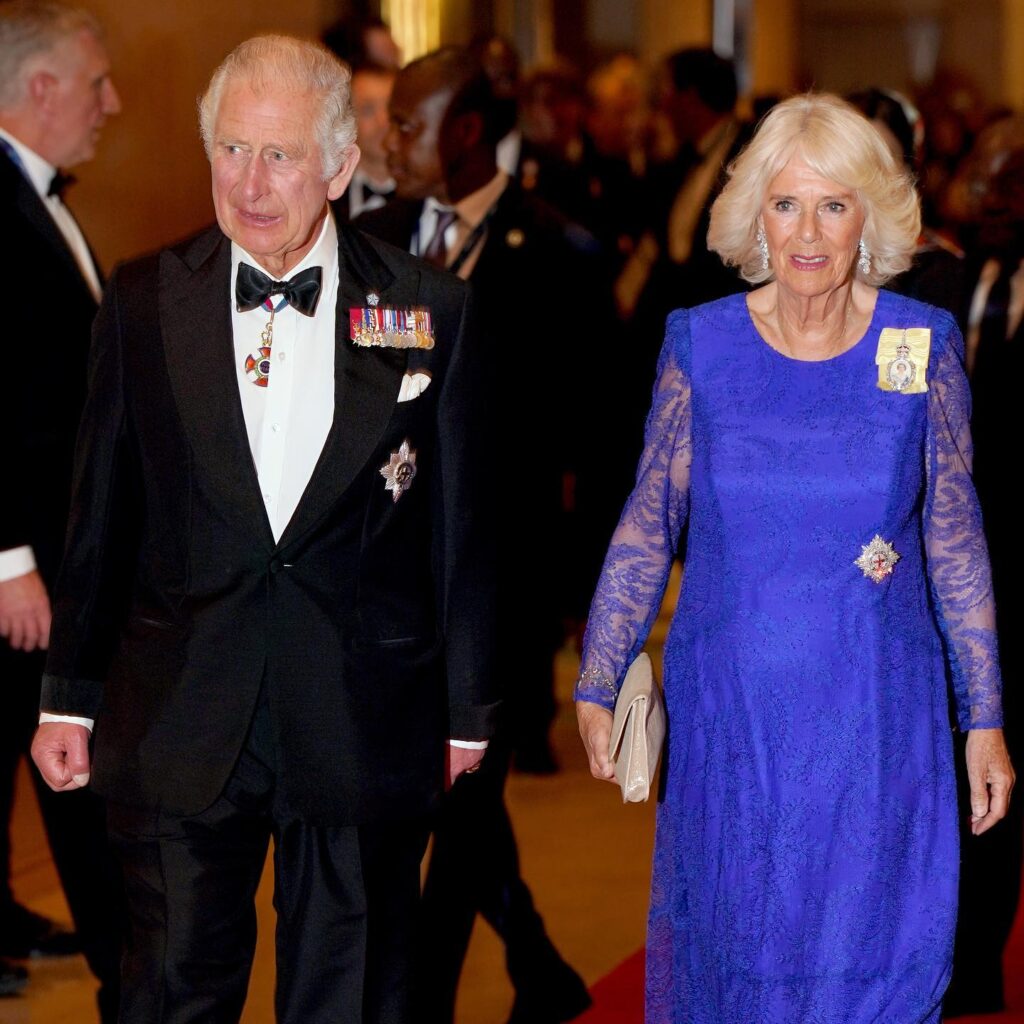
@clarencehouse
Which crowns will be worn during the Coronation of King Charles III?
We know the King will be crowned with the 17th-century St. Edward’s Crown, which is quite literally, the crown jewel of the royal jewellery collection. Historically used for the crowning moment in the Coronation, it was worn by the late Queen Elizabeth at her 1953 Coronation. St. Edwards Crown was made in 1661 for Charles II, replacing the medieval crown that was melted down in 1649. That original crown dates back to the 11th century, worn by Edward the Confessor, the royal saint and last Anglo-Saxon king of England.
Officials have removed St. Edwards Crown from the Tower of London for modifications before the Coronation. As it’s made from solid gold and is extremely heavy, it will only be placed briefly on the King’s head during the ceremony.
The King will also wear the Imperial State Crown during the service. This crown contains the controversial Cullinan II diamond or the Second Star of Africa. It was gifted to Edward VII by the Transvaal government, a former British colony in what is now South Africa.
Queen Consort Camilla will be crowned with Queen Mary’s Crown. The crown has also been removed from the Tower of London for modifications. In tribute to the late Queen Elizabeth, the crown will be reset with the Cullinan III, IV and V diamonds. These diamonds were often worn by Her late Majesty as part of her personal jewellery collection for years.
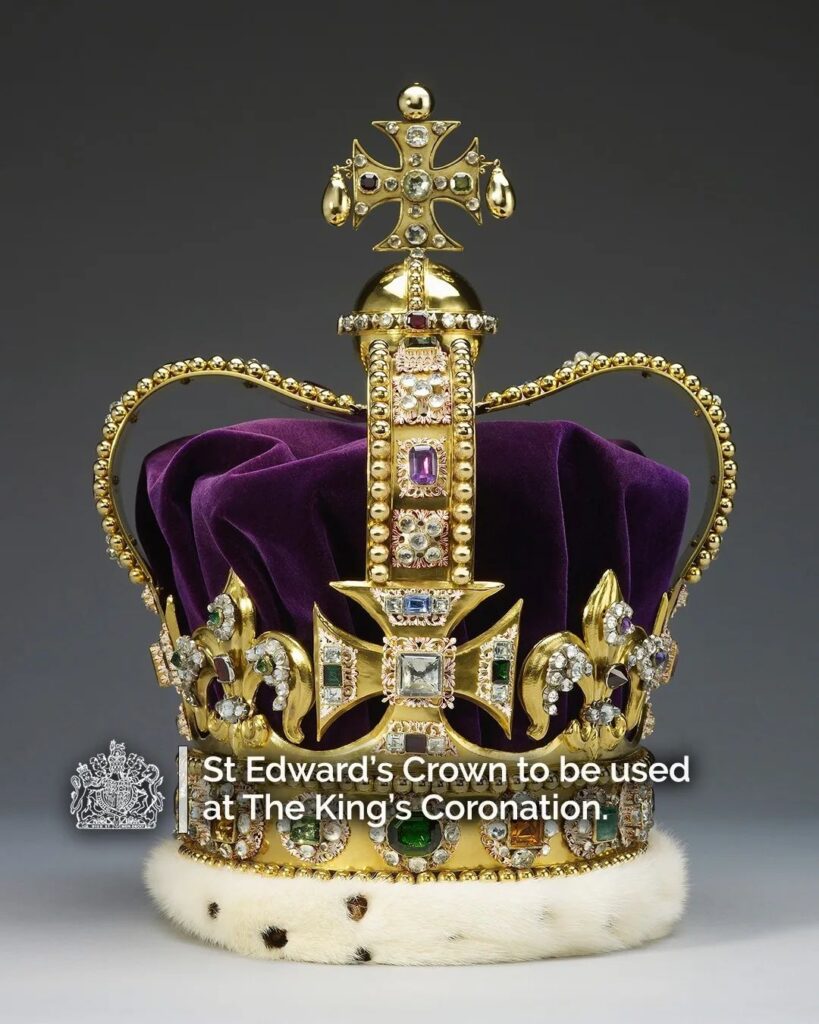
@theroyalfamily
Who will go to the Coronation of King Charles III?
As the Coronation is a state occasion, the government manages the invitees. The Royal Family will attend, along with the prime minister, Houses of Parliament representatives, dignitaries, heads of state, and other royals from across the globe. Although 8,000 guests attended Queen Elizabeth II’s Coronation, Westminster Abbey’s usual capacity is 2,200 guests.
Read more: The 10 Most Beautiful Villages and Small Towns in Britain and Ireland
How can I watch the Coronation of King Charles III?
The BBC will live broadcast the Coronation. Queen Elizabeth II’s Coronation was the first ceremony to be broadcast on TV, attracting around 27 million viewers in the UK. It’s expected the Coronation of King Charles III will surpass this with a worldwide audience of hundreds of millions. In another milestone, King Charles III’s Accession Council was broadcast for the first time in history.
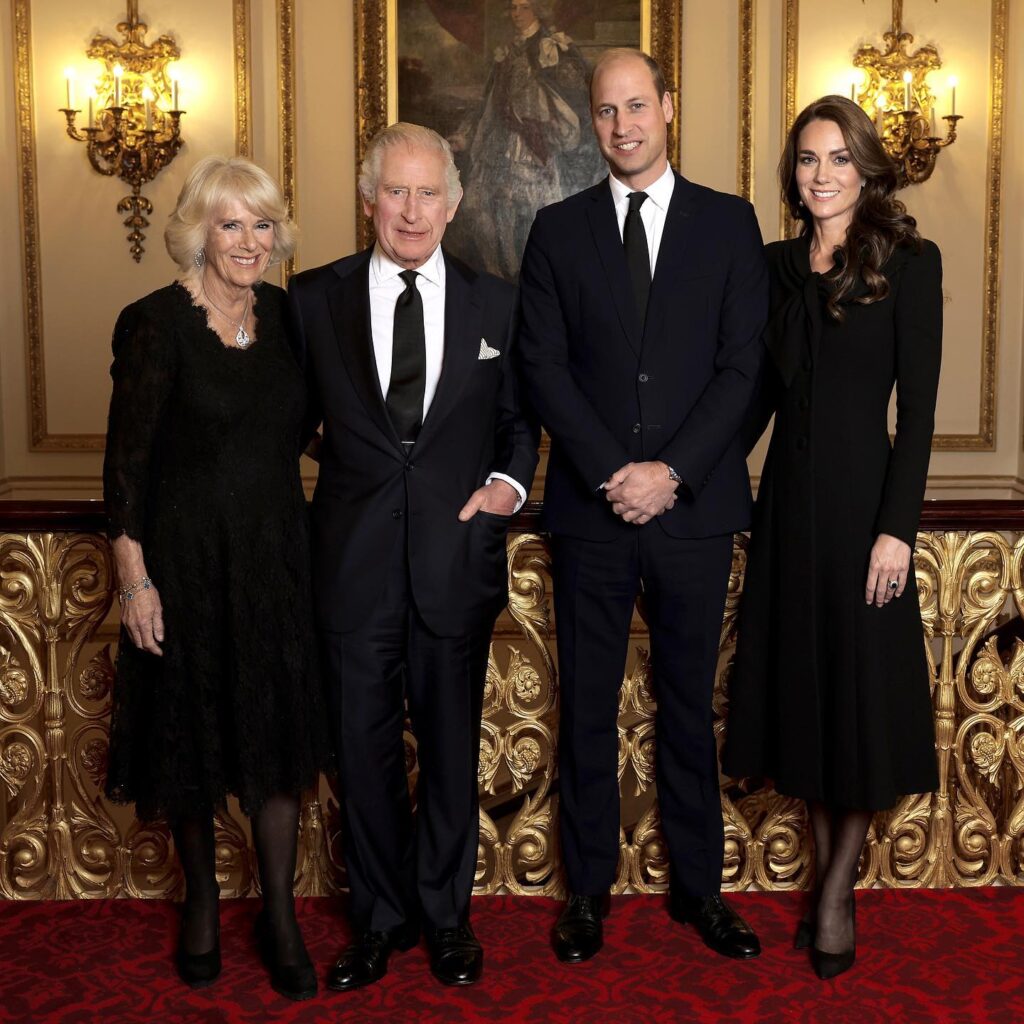
@theroyalfamily
Who pays for the Coronation?
As it’s a state occasion, the UK government will pay for the Coronation of King Charles III. While the government will come under pressure to be sensitive to the current inflation crisis, they will likely use the Coronation as an opportunity to present the UK at its regal best on the world stage.
Read more: The personal touch: our top 5 curated luxury travel experiences for 2023
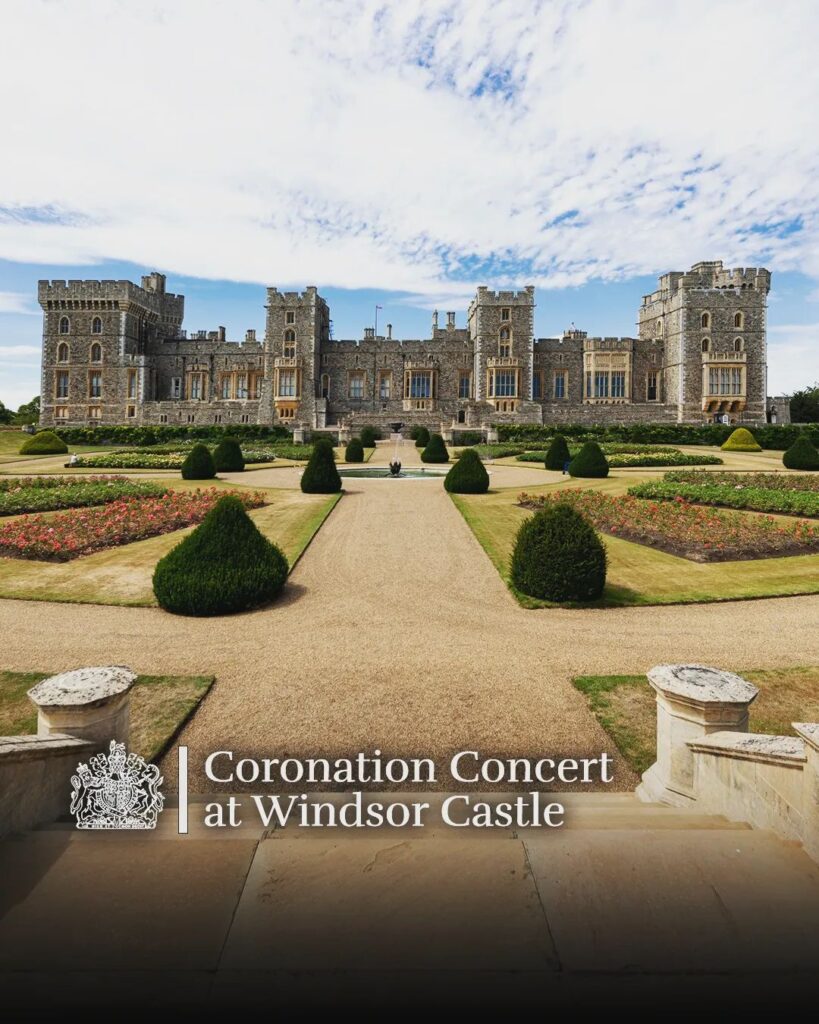
@theroyalfamily
Will there be other events to celebrate the Coronation over the long weekend?
Coronation celebrations will continue throughout the long weekend. There will be a Coronation concert at Windsor Castle on Sunday 7 May, with global artists, dance troupes, A-list actors, the Coronation choir, and an orchestra. The “Lighting up the Nation” is the highlight event. You’ll see UK’s most famous landmarks illuminated with lasers, projections and drone displays. BBC One will also live broadcast this magical event. If you want to witness it in person, you’ll have the chance to win one of the thousands of free tickets in a public ballot.
Besides the concert, you can also find other community events like the Coronation Big Lunch on Sunday 7 May. Similar to the Big Jubilee Lunch in 2022, this event encourages neighbours and communities to get together for street parties full of food and fun. There’s also The Big Help Out on Monday 8 May, an event inviting people to volunteer in their local community. You can identify official Coronation events by the Coronation logo, created by former Apple designer Jonny Ive. The logo features a rose, daffodil, thistle and shamrock to represent nations across the UK.
